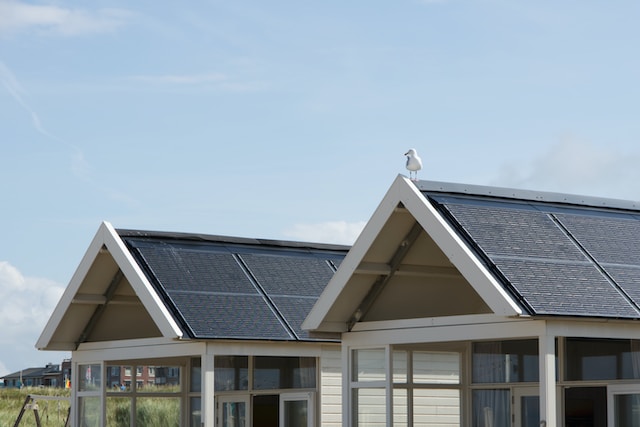
Introduction : Solar panels hold the promise of clean energy and reduced electricity bills. The allure of “free solar panels” campaigns heightens their appeal, especially in a time of rising electricity costs. However, beneath this offer lies a nuanced world of power purchase agreements (PPAs) and solar leases. This guide elucidates the intricacies of these seemingly cost-free options, shedding light on what they entail.
Why “Free” Solar Panels Demand a Closer Look
As solar panel costs can reach approximately $24,000 before incentives, the notion of “free” panels holds undeniable allure. Yet, deciphering the fine print is essential before diving in.
1. Exploring the “Free” Promotions
“‘Free’ varies in meaning,” says Phillip Haddix, Solar for All Portfolio Manager at DC Sustainable Energy Utility. Location plays a pivotal role, with federal and state incentives shaping the landscape.
2. Unpacking Power Purchase Agreements (PPAs)
In states like California, New York, Texas, and Georgia, solar PPAs shine. These agreements enable households to access solar energy without upfront costs. The solar company installs panels on your roof and charges you for the energy used, with the company retaining ownership.
3. Delving into Solar Leases
Similar to PPAs, solar leases offer an economical path to solar energy. Leases require no upfront payment; instead, homeowners pay a fixed monthly fee to host the solar system on their property.
4. Evaluating the Benefits and Drawbacks
While PPAs and leases alleviate upfront expenses, scrutinizing the terms is essential. Pay attention to rates, possible escalators, and contract durations.
5. Ownership Matters: Advantages of Purchasing
Purchasing solar panels bolsters home values, a benefit that leases or PPAs don’t offer. Solar owners benefit from tax incentives and renewable energy credits, unlike those under lease or PPA contracts.
6. Weighing Solar Financing Alternatives
Beyond “free” promotions, various financing avenues exist:
- Cash: Upfront payment grants ownership and numerous benefits.
- Home Equity: Leverage home equity loans cautiously for solar financing.
- Other Loans: Explore specialized solar loans to harness energy savings.
7. Navigating the Solar Investment Landscape
Reducing solar costs involves strategic steps:
- Comparison: Gather multiple quotes from solar companies for informed decisions.
- Community Solar: Consider community solar projects for those who can’t install panels at home.
- Solar Co-ops: Explore collective initiatives for cost-efficient solar solutions.
- Efficiency Upgrades: Prioritize home efficiency enhancements for immediate savings before turning to solar.
Conclusion:
The allure of “free solar panels” beckons, but a closer examination reveals intricacies tied to PPAs and solar leases. Unravel the terms, weigh the pros and cons, and explore alternative financing avenues to embark on your solar journey wisely. In the realm of solar energy, understanding the fine print is the key to unlocking a bright and sustainable future.


